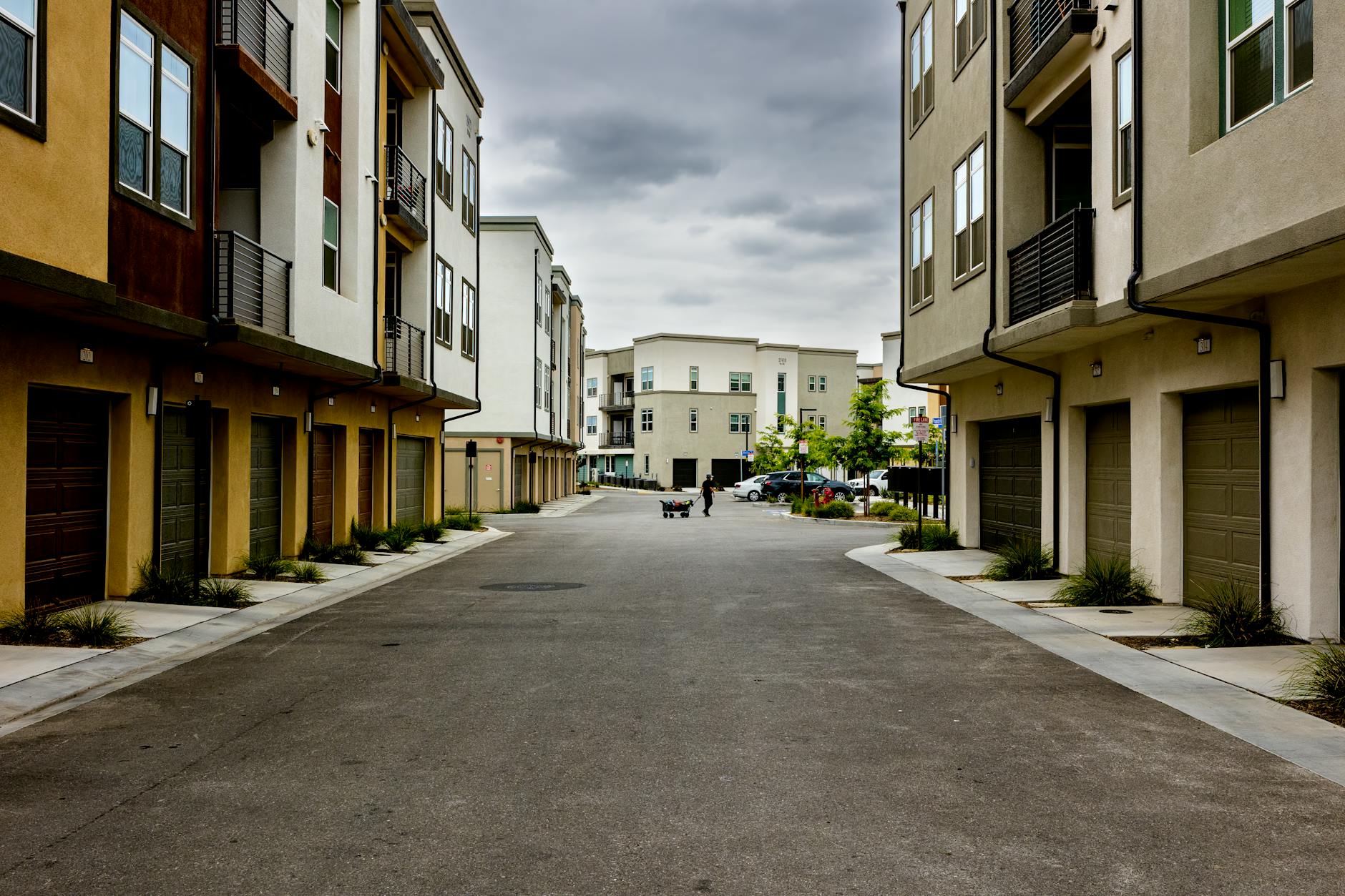Exploring Affordable Housing Development: Opportunities and Challenges
Exploring affordable housing development is an increasingly critical topic as urban populations rise and housing markets become more competitive. With many communities facing a shortage of accessible and reasonably priced homes, the pressure on developers, governments, and planners to find sustainable solutions intensifies. This article delves into the opportunities presented by affordable housing initiatives, from economic incentives to innovative construction methods, while also addressing the various challenges such projects encounter. Understanding these elements is essential for stakeholders who aim to create living spaces that meet the needs of low- to moderate-income families without compromising quality or community development goals. The following sections explore financing mechanisms, policy frameworks, construction innovations, and social impacts, offering a comprehensive look at the current affordable housing landscape.
financing affordable housing development
One of the most significant opportunities in affordable housing lies in the array of financing options available to developers. These include government grants, tax credits, low-interest loans, and public-private partnerships that reduce upfront costs and improve project viability. For example, the Low-Income Housing Tax Credit (LIHTC) program in the United States has spurred the construction and rehabilitation of millions of affordable units by attracting private investment.
However, financing remains a critical challenge due to the layered complexity of funding sources, eligibility requirements, and competition for limited resources. Developers must often navigate strict compliance rules, extended approval timelines, and fluctuating market conditions, which can hinder timely project completion and increase costs.
policy and regulatory frameworks
Government policies and regulations play a dual role in affordable housing development. On one hand, zoning laws, inclusionary housing policies, and development incentives can foster the creation of affordable units by mandating or encouraging developer participation. Inclusionary zoning, for instance, requires a share of new construction to be priced below market rates, promoting socioeconomic diversity.
Conversely, cumbersome permitting processes, restrictive land-use policies, and lack of supportive infrastructure often slow down project delivery or discourage investment. Balancing regulatory oversight with flexibility is necessary to streamline development while maintaining community standards and environmental sustainability.
innovative construction methods and materials
Advances in construction technology offer new possibilities for affordable housing by reducing costs and shortening timelines. Methods such as modular construction, 3D printing, and prefabrication enable quicker assembly and less waste compared to traditional building techniques. Utilizing locally sourced, durable, and sustainable materials further lowers expenses and environmental impact.
These innovations also allow for customization to address specific community needs, improving both functionality and aesthetic appeal. However, adoption of these technologies requires upfront investment, skilled labor, and sometimes overcoming regulatory skepticism about non-traditional building methods.
social and economic impacts of affordable housing
Affordable housing development offers significant social benefits beyond providing shelter. Stable, affordable homes contribute to improved health, educational outcomes, and economic stability for low- and moderate-income families. Moreover, such developments stimulate local economies through job creation and increased consumer spending.
Challenges include ensuring equitable access, preventing displacement through gentrification, and integrating affordable units into broader community planning. Effective community engagement and inclusive design can help maximize positive outcomes and foster social cohesion.
| Aspect | Opportunities | Challenges |
|---|---|---|
| Financing | Government grants, tax credits, public-private partnerships | Complex regulations, limited funding availability, long approval processes |
| Policy & regulation | Inclusionary zoning, developer incentives, streamlined permitting | Restrictive land use, bureaucratic delays, infrastructure deficits |
| Construction methods | Modular building, 3D printing, sustainable materials | High initial costs, labor skill gaps, regulatory hurdles |
| Social & economic impact | Health and education improvements, local economic growth | Risk of displacement, equitable access challenges |
In conclusion, affordable housing development presents both promising opportunities and substantial challenges that require coordinated efforts among policymakers, developers, and communities. Access to innovative financing and construction methods can significantly lower costs and increase unit availability, while well-designed policies ensure sustainable growth and social inclusiveness. Nevertheless, overcoming bureaucratic complexities, meeting rigorous regulatory standards, and fostering community acceptance remain necessary hurdles to address. By understanding and strategically managing these interconnected factors, stakeholders can create effective affordable housing solutions that provide long-term benefits both economically and socially. Ultimately, the goal is to ensure adequate, safe, and affordable homes for all, laying the foundation for healthier, more resilient communities in the future.
Image by: David Brown
https://www.pexels.com/@ninobur
editor's pick
latest video
news via inbox
Nulla turp dis cursus. Integer liberos euismod pretium faucibua

